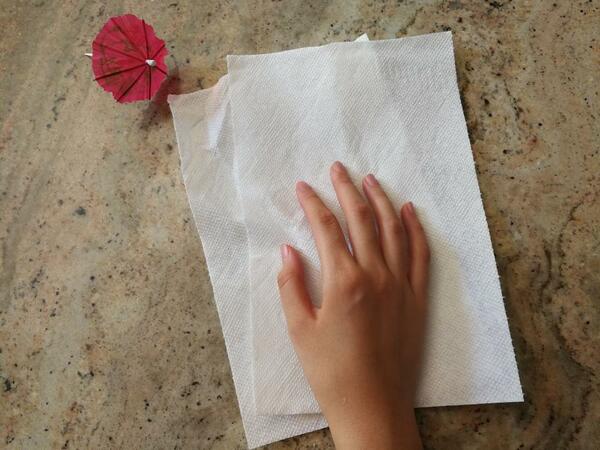Statistically Analyzing the Effect of Various Factors on the Absorbency of Paper Towels
(1) Thomas Jefferson High School for Science and Technology, Alexandria, VA, (2) Northrop Grumman Mission Systems, Fairfax, VA
https://doi.org/10.59720/20-093
The spread of SARS-CoV2 virus and COVID-19 has caused a surge in demand for paper towels, with a 264% increase in sales growth as customers enhance their hygiene efforts. Though there have been many studies on the characteristics of various paper towels, relatively little research has been performed on how different types of liquid, different fat concentrations, and different properties of paper towels impact their absorbency. In this study, we examined the effect of these factors using samples of the Bounty Select-a-Size paper towels obtained by simple random sampling, and random assignment procedure. We constructed comparative graph displays, verified the data’s normal distribution, and performed statistical analysis. A two-sample mean significance test gave us strong statistical evidence to reject the null hypotheses in favor of the alternative hypotheses at the alpha level of 0.05. We found that different liquid types did impact the absorption capability of a paper towel — milk tended to have a higher absorption amount into paper towels than water, and vegetable oil tended to have a higher absorption amount than milk. We also found to a certain degree that fat concentration tended to increase a liquid’s absorption amount into paper towels. We reported a cause and effect relationship from the paper towels’ properties (whether folded or not) and its absorbency. Our results could help restaurants and other businesses save expenses by minimizing paper towel usage according to spill types and by using paper towels in more efficient ways.
This article has been tagged with: